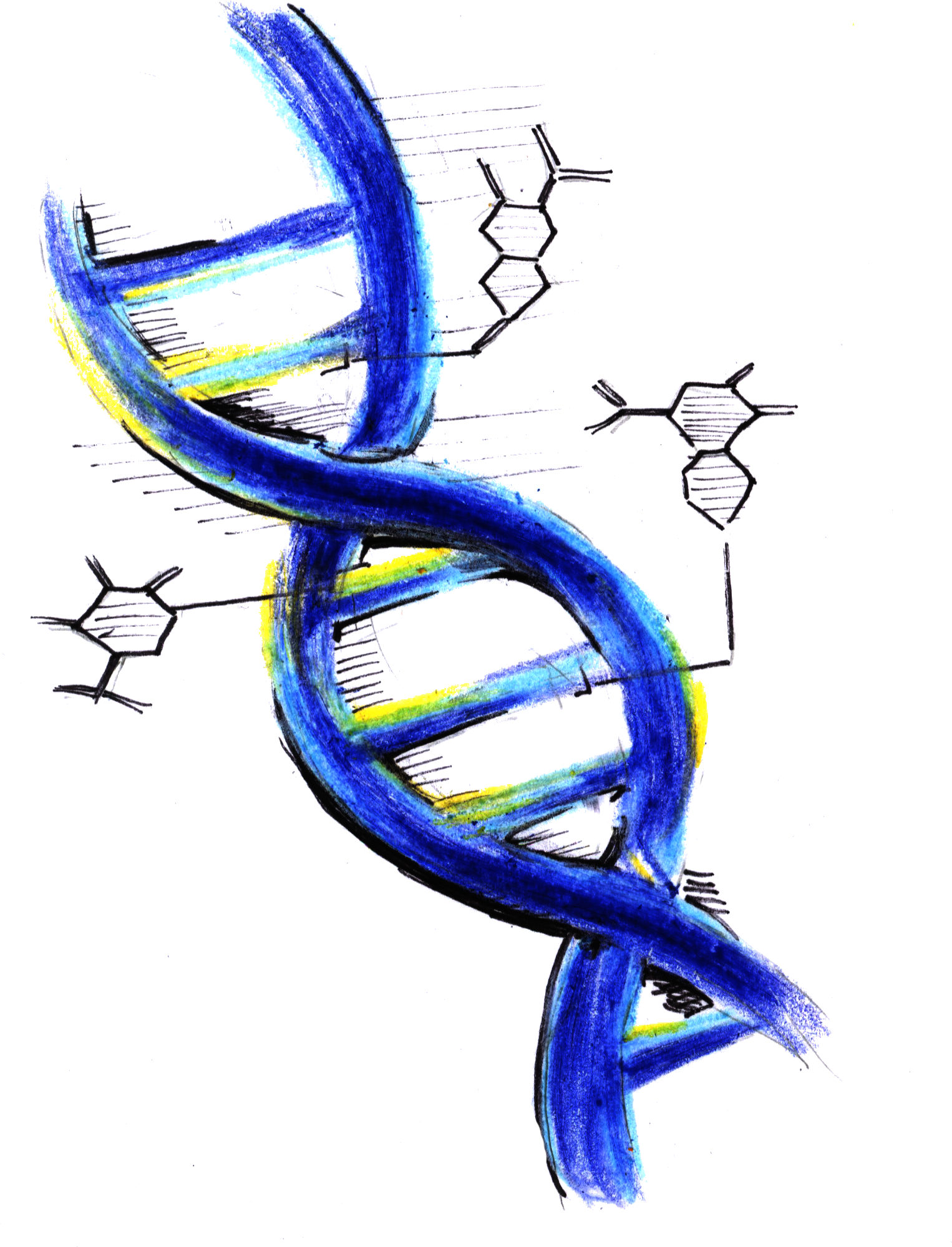
When the Human Genome Project was completed in 2003, scientists were quick to proclaim that they had the road map to cure every disease and disorder. While these claims have since been qualified, the process of detecting DNA patterns has proven an effective way to better understand maladies.
A group of researchers from around the world have applied this technique to Tourette syndrome, a tic disorder that affects about 138,000 children in the U.S. The research team, comprised of two Yale physicians and dozens of other scientists, published its findings in the scientific journal Cell Reports on Sept. 25.
Thomas Fernandez, a child psychiatrist and psychiatric geneticist at the Yale School of Medicine who coauthored the study, said that the goal of the study was to find genes, or DNA segments that design specific proteins, that place someone at risk for Tourette’s. If scientists can better understand the disorder’s biology, he said, they will be better equipped to create more effective treatments.
“We need better treatments for tic disorders,” Fernandez said. “As far as medication management goes, we’re using the same treatments that have been used for decades. They often have undesirable side effects … things that you’d like to avoid in children if you can.”
To better understand how the malady works, the project obtained and studied the DNA of not only children with Tourette syndrome but also of both their parents. The three related strands were designated into groups called trios, and the paper was able to collect 802 total trios. Matthew State MED ’01, the senior author of the paper, said that this is the largest study of trios in scientific literature.
The 2,406 strands of DNA studied enabled the project’s researchers to identify six genes that are likely linked to Tourette syndrome. The study also noted that there are likely 477 other genes that increase risk of the disorder.
“The key here is that the study confirms that if we sequence more trios, we are destined to find many more genes,” State said. “And fortunately, the National Institute of Mental Health just awarded our group a large multisite grant to identify and sequence 1000 more trios.”
Though other research had already established that the disorder is hereditary, the study chose to focus on trios in which the child had the disorder but the parents did not. In these nonhereditary cases, the team concluded that a disorder-causing DNA mutation had occurred in the transfer from parent to offspring.
Since gene mutations are rare, the project’s researchers were able to pinpoint the discrepancies. Then, the team ran statistical tests to see which mutated genes were common among children with Tourette’s.
That work led researchers to associate certain biological patterns with the disorder. The genes identified with increased risk of Tourette’s are related to the structuring of cells, according to the study.
“As we discover more genes, perhaps a better understanding of biology will come out of this,” Fernandez said. “And then we can start to say ‘Okay, we know this sort of biological pathway is involved. How can we alter it in order to improve symptoms?’”
Robert King, study co-author and physician at the School of Medicine who performs clinical work with Tourette syndrome patients, said he sees an immediate need for better Tourette syndrome treatments. He noted that most currently used treatments were developed for other disorders, such as Attention Deficit Hyperactivity Disorder and Obsessive-Compulsive Disorder.
“Most of the drugs that exist now are not always completely effective or have side effects,” King said. “And there are some patients who are totally resistant to much of anything at all.”
Allen Siegler | allen.siegler@yale.edu







